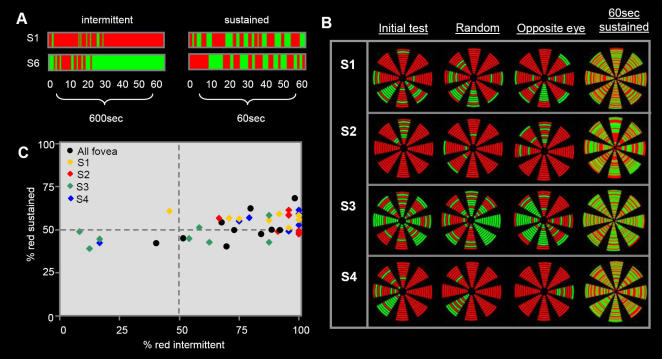Figure 2. Results from experiment 1 and 2.
(A) The pattern of perceptual dominance for two representative subjects during foveal presentation of rivalry targets. The left column depicts results for 60 intermittent 1sec presentations (9 sec inter-stimulus intervals). During this condition there was no evidence of perceptual stabilization. Subjects reported large perceptual biases that were broken by brief intermittent dominance of the alternative targets. In contrast, no biases in perceptual dominance were observed during 60sec of sustained target presentation. (B) Data from all 4 subjects tested with the peripheral presentation in experiment 2a–d. The left column shows results from the initial test of sequential (clockwise or counterclockwise) presentation. During the 2min trial duration the targets cycled through the same 8 locations 12 times (each wedge represents a single location in space, with time represented in radial distance from the center ring). In this condition, perceptual dominance shows strong localized biases. Similar biases were also observed when the order of presentation was randomized (columns 2nd and 3rd from the left respectively), however, the relative locations of the biases were not necessarily conserved. No systematic biases were observed during 60sec of sustained presentation at each of the 8 locations (4th column). (C) A plot of the proportion of red dominance reported during intermittent (x-axis) and sustained target presentation (y-axis) for the foveal (black circles) and 8 peripheral target locations (color diamonds correspond to the 4 subjects tested in experiment 2). Despite very little bias in dominance during sustained viewing subjects reported large biases during intermittent viewing across all target locations.

